Intra-European business class is just economy class with a blocked middle seat. That’s not a hugely aspirational product to fly (to put it mildly). I’ve flown a good number of intra-European business class flights over the past couple of years (mainly on British Airways as I live in London), and those flights are always quite routine – free middle seat, mediocre food option, good space and priority boarding, and maybe a few lounges to visit beforehand (which can range from pretty bad, to being the only genuinely great part of the entire business class experience).
In this post, I’d like to suggest that the state of intra-European business class doesn’t necessary reflect complacency from the respective airlines, as much as it reflects a general low interest in premium travel in the region, particularly among young professionals. That’s partially because countries are geographically close together and well-serviced by low-cost airlines, but also because of the taxes levied on longhaul premium travel. As someone who lives in London and wants to help people make travel easier and more exciting, this is a general industry trend that I’ve noticed when chatting through my aviation passion with friends over the past few years.
Travelling is so easy within Europe
People within Europe love flying regionally. I live in London, and I can get to at least twenty countries with just a sub-two hour flight. That’s so much more than I had access to back when I was based in Hong Kong, and I’d say I’ve taken some advantage of it (though I’d love to continue visiting more of Europe!).
Most of these flights can be easily achieved with a ticket on a low-cost airline – for example, if I wanted to do a weekend trip in Budapest in a few weeks’ time, I could do so for £62 roundtrip. I wouldn’t get any frequent flyer points – in fact, I’d only get around 124 points on my AmEx card for spending on an airline. But I get to visit Budapest for £62 roundtrip plus whatever my accommodation costs, and that’s realistically the kind of travel that most young professionals do. My point is that travelling is extremely easy and affordable within Europe, especially between the UK and Europe, where Ryanair and easyJet fares get really low.
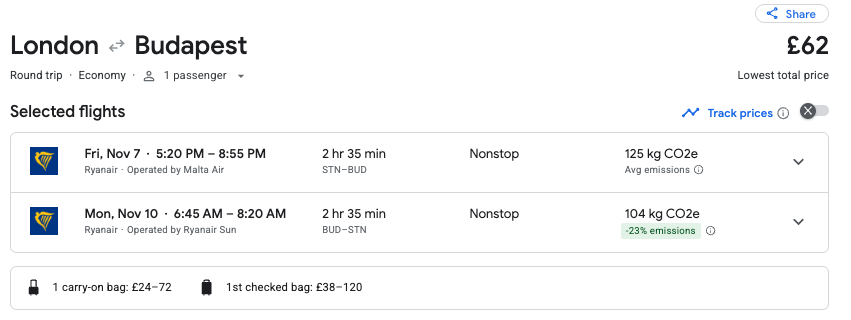
Nobody really gets that excited for a Ryanair or easyJet flight, though it is super doable for a short two-hour flight, and so worth it when you’re getting to see a completely new country and culture for <£100.
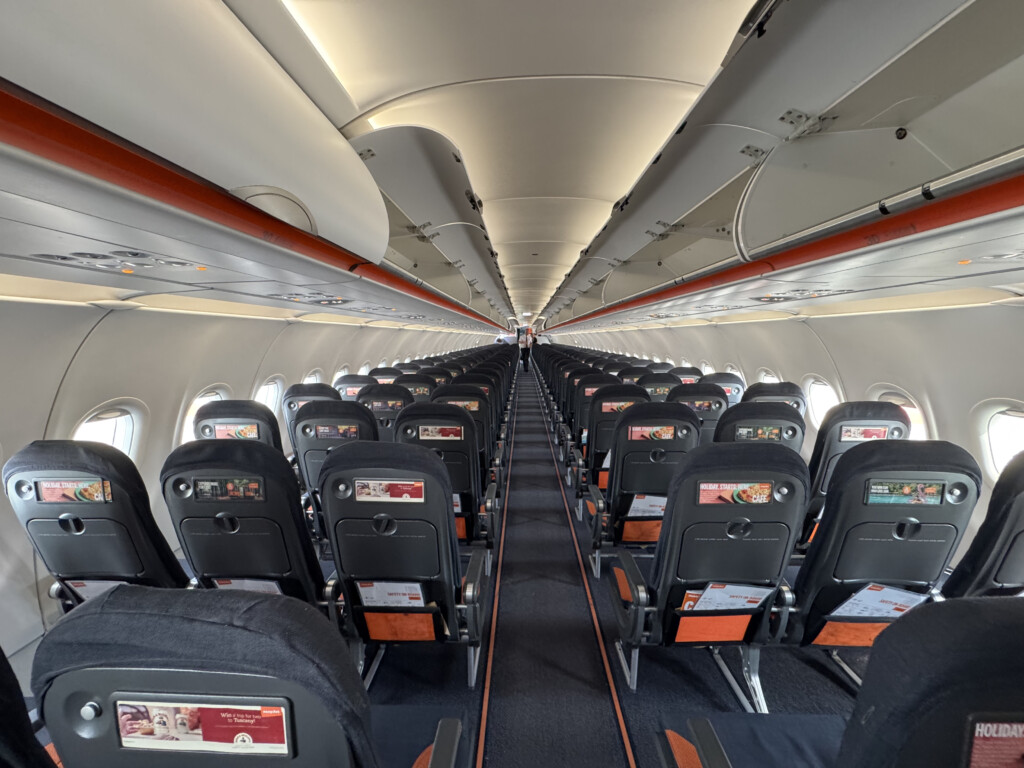
easyJet is so doable for a 2-hour flight
Europe’s tiny premium air travel market: boring shorthaul flights, expensive longhaul flights
Okay, sometimes tickets can be not that much pricier on British Airways, and I’d get a free cabin bag, frequent flyer points, and WiFi onboard. Let’s say I fly the London-Budapest route regularly on business, and rack up points to fly this route in business class. Or, let’s say I spend enough on my AmEx card to redeem for a free business class flight using Avios. What do I get? A free middle seat (and maybe eventually frequent flyer status, which gives me some ground perks and access to a mediocre lounge). That’s not really worth celebrating with my frequent flyer points.
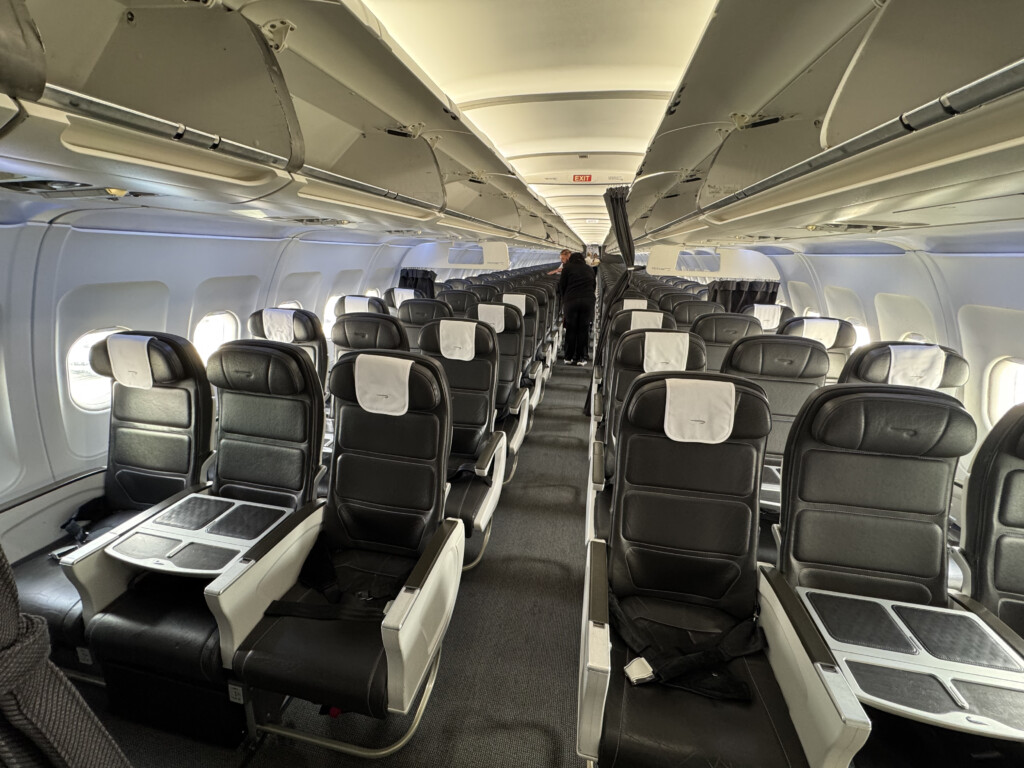
Not a very inspiring cabin to celebrate a spending milestone with
Or I can continue earning Avios so I can fly a longhaul business class flight to the U.S. or Asia. What’s wrong with that? Well, perhaps the fact that there’s a massive £350 fuel surcharge on British Airways, followed by a huge £224 UK Air Passenger Duty surcharge that I’d have to pay, totalling a surcharge that could be easily over £1,000-1,200 roundtrip (on top of my hard-earned points!). Add that to the fact that the actual Avios cost is high, and credit card sign-up bonuses are much lower than they are in the U.S. and Asia.
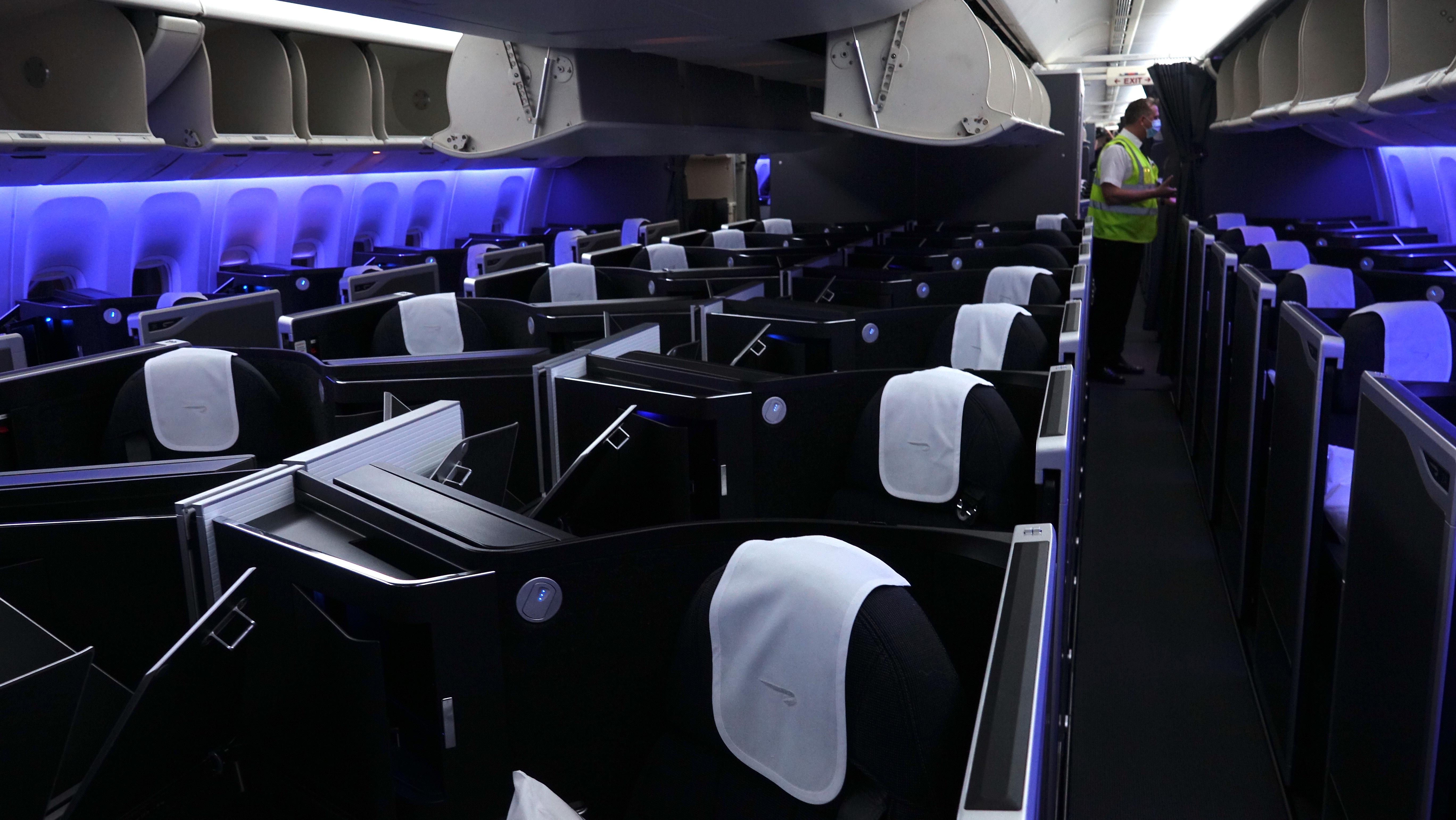
Redeeming for a single British Airways Club Suite flight would incur at the very least a £500-600 surcharge
I remember trying to get a last-minute one-way redemption ticket from New York to London last year, and the difference in approach was quite evident between U.S. airlines and UK airlines. My JetBlue Mint flight cost 78,000 Avios plus US$10.10 (£7.58/HK$79) in taxes, whereas a British Airways business class flight would’ve cost maybe marginally more Avios, but over £600 in carrier-imposed taxes and surcharges. These can be a bit lower when flying a European airline out of mainland Europe (such as Lufthansa or Air France), though fees generally still exceed £100 when trying to redeem a ticket, in addition to a generally higher number of points required.
Realistically, caps on transfer fees and low-cost airlines make the margin on miles and points so low in Europe that airlines can’t use their frequent flyer points schemes as a valid revenue source. Add that to the fact that larger European airlines such as British Airways, SWISS and Lufthansa don’t really need any help to fill their premium cabins, due to the number of corporate contracts they have. The frequent traveller or savvy credit card user ends up losing out, because even when they rack up more than enough points to fly in longhaul business class, they might not necessarily be able to afford the taxes and fees to make a habit out of it.
Especially when fares aren’t that high anyway (e.g. Norse charges £344 for a one-way flight to the U.S. in their premium cabin, and transatlantic economy flights can be in the £300-400 range roundtrip during the off-season), premium cabin travel just never really racks up the interest. It’s just not worth the effort for most of the routes that the average European or British traveller would like to fly, when there are 20+ countries to visit for a sub-2 hour flight and a <£100 roundtrip ticket.
The market for aspirational air travel is smallest out of any region
Okay, so how does the average European young professional look at the above situation?
- Flying becomes entirely a mode of transportation on shorthaul flights, and travellers will almost always go for the overall cheapest option (when you include add-ons such as cabin bags, maybe catering, the extra travel cost to Stansted/Luton etc.)
- Miles and points become used for “free flights”, as opposed to a legitimate currency that you can maximise – instead of “I managed to spend my miles on this aspirational longhaul flight that would’ve cost £5,000”, you get “I managed to spend my Membership Rewards points on this ‘free’ flight that otherwise would’ve cost £110”
- Business class therefore becomes “for people whom the company is paying for”, or “for rich people who don’t know how to spend their money”, or “for people with a lot of miles” (or very occasionally, “it was cheaper to pay for business class than economy class and a separate checked bag and carry-on”)
- Add that to the generally lower credit card sign-up or spending bonuses and higher redemption costs for longhaul premium travel, and “true” aspirational premium cabin travel does become less attainable
So while people enjoy racking up their points for an elevated experience in the U.S. and Asia, in Europe the narrative for consumers is simply “don’t bother”.
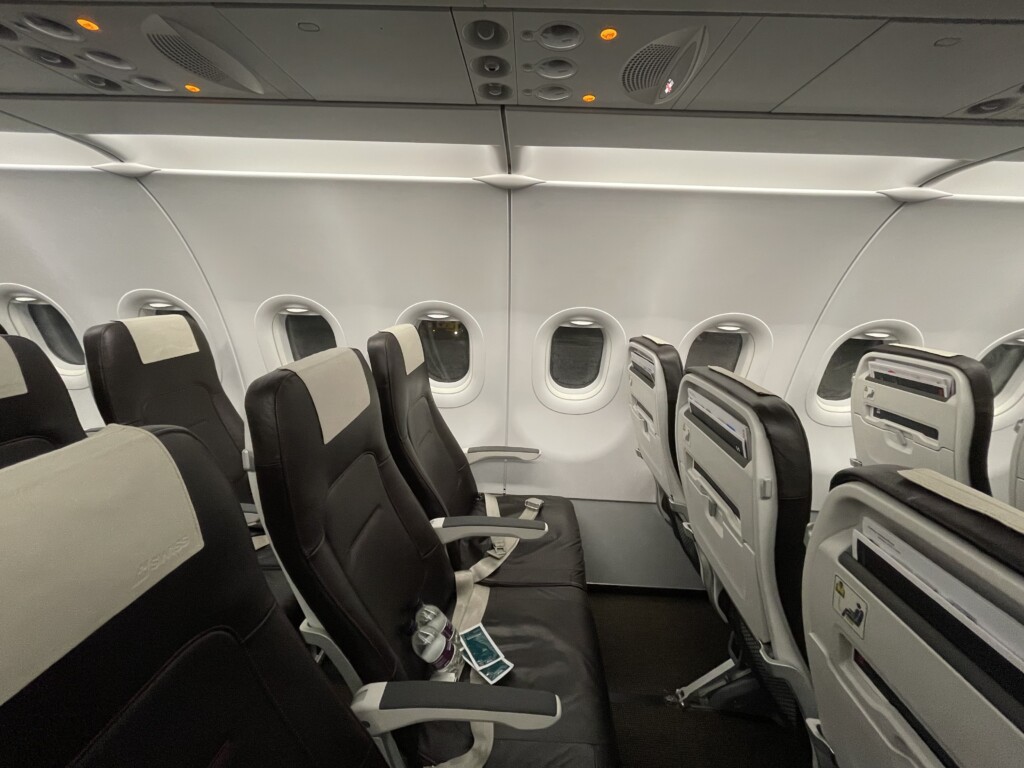
If this is as good as premium travel gets, I wouldn’t be in this industry either
There’s a lack of competition in the region, and flights are short
On the airline side, most major European airlines have zero incentive to offer a better business class product. Thus, the blocked middle seat approach gives airlines flexibility to adjust the size of their business class cabins, while maximising yield on each flight.
Due to the short flight length, the limited overall upgrades to the experience, as well as the resulting limited consumer interest, shorthaul premium cabin demand becomes extremely limited. As a result, most people flying business class intra-Europe will either be connecting, or will be flying on business. Intra-European business class is “good enough” for both groups of people:
- Those connecting will already have enjoyed a longhaul flight in a flat bed, so the quality of the shorthaul product wouldn’t really have much of an effect on their overall airline choice
- Corporate contracts are satisfied enough that there’s some sort of differentiated product for those travelling on business (including more space to work, lounge access, and some onboard catering), and most flights aren’t long enough for corporates to care about employees’ rest
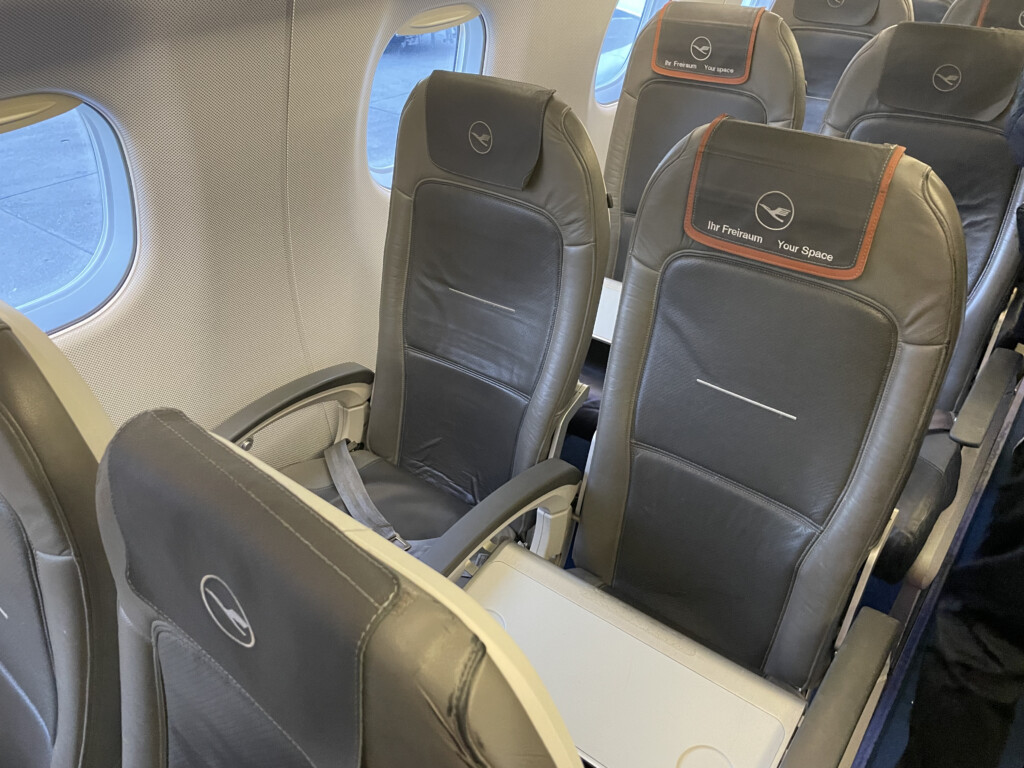
There’s no way I would’ve paid £300-400 just to have the seat next to me blocked on a 1-hour flight between London and Frankfurt
Even within the avgeek space, most people I know that frequent intra-European business class travel moved to Europe from other countries, and simply have a larger stash of points, so that an intra-European business class flight is a relatively low opportunity cost for them.
So what’s the difference in other regions? For example, why would I pay for business class between Hong Kong and Taipei, which is a 1h 45m flight? Well, there are a few reasons:
- Due to fleet utilisation, airlines regularly fly their longhaul configurations on these short flights; even shorthaul business class configurations are better to match product consistency, where you’ll get at least a recliner, or in some cases you might even get a flat bed
- Consumer interest in business class travel is higher, generating more competition and incentive to offer a better onboard product (EVA, Starlux, China Airlines, Cathay Pacific, and Hong Kong Airlines all fly various aircraft with flat beds between Hong Kong and Taipei, and the general consumer appreciates this, even taking miles and points out of the equation)
- Low-cost airlines aren’t as cheap in Asia (HK Express is charging £96 roundtrip for this flight, which is shorter than London-Budapest) and are less renowned amongst leisure travellers, so the minimum spend per trip is higher anyway
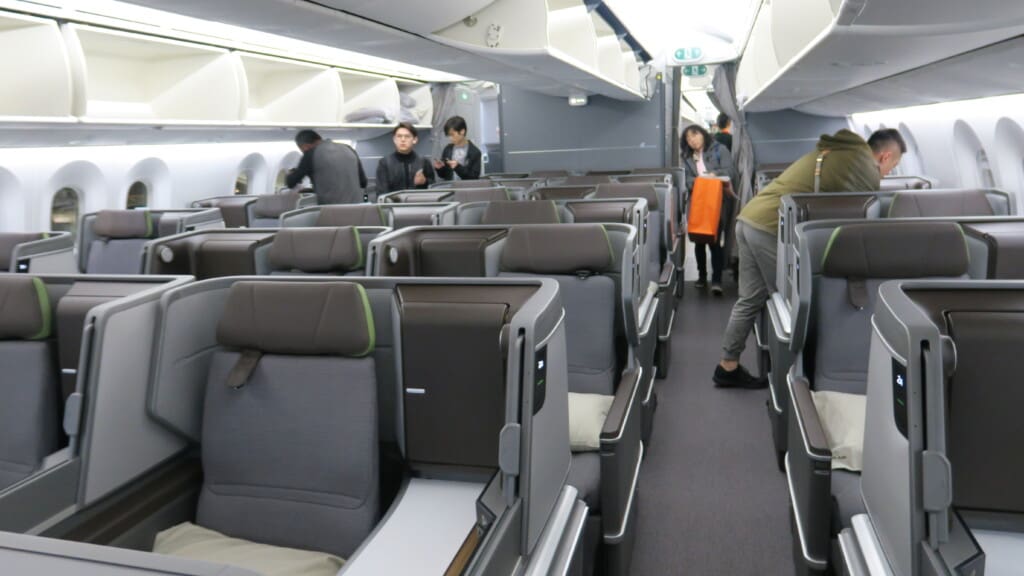
The domino effect between higher consumer interest in premium cabin travel and competition just isn’t there in Europe, starting with shorthaul flights
I’m a European avgeek, how do I make the most of this market?
Obviously this looks bleak for people who want to get into the miles and points game, but live in Europe. Here’s what I’d suggest:
- Use low-cost airlines and origin-based positioning to your advantage – Europe and Asia in particular have a gold mine of cheaper cash fares, especially when you count premium economy as a premium cabin product, and you can earn miles from those flights
- I’d highly recommend getting an AmEx Gold/Platinum card with multiple transferrable points programmes, as opposed to a card that “ties” you to one programme. If you’re eligible, get multiple cards so you can get achieve spending bonuses on all of them
- View your points as a currency, and always try and redeem with the programme that minimises your points cost, as well as any surcharges
- If you’re just starting out and want to use your points, try redeeming them when flying between other countries when travelling – e.g. if you’re doing a trip to Asia, redeem miles for premium cabin travel when you’re in Asia, or on an Asian carrier one-way back to Europe
- Understand the APD and fuel surcharges charged by European carriers – you might not want to start out flying any European premium cabins at all, given that they don’t tend to offer groundbreaking inflight experiences, and fuel surcharges are higher
- Understand sweet spots – e.g. Virgin Atlantic may also charge high fuel surcharges when redeeming for Upper Class, though at least the miles fare can be as low as 27,000 miles one-way from London to the East Coast
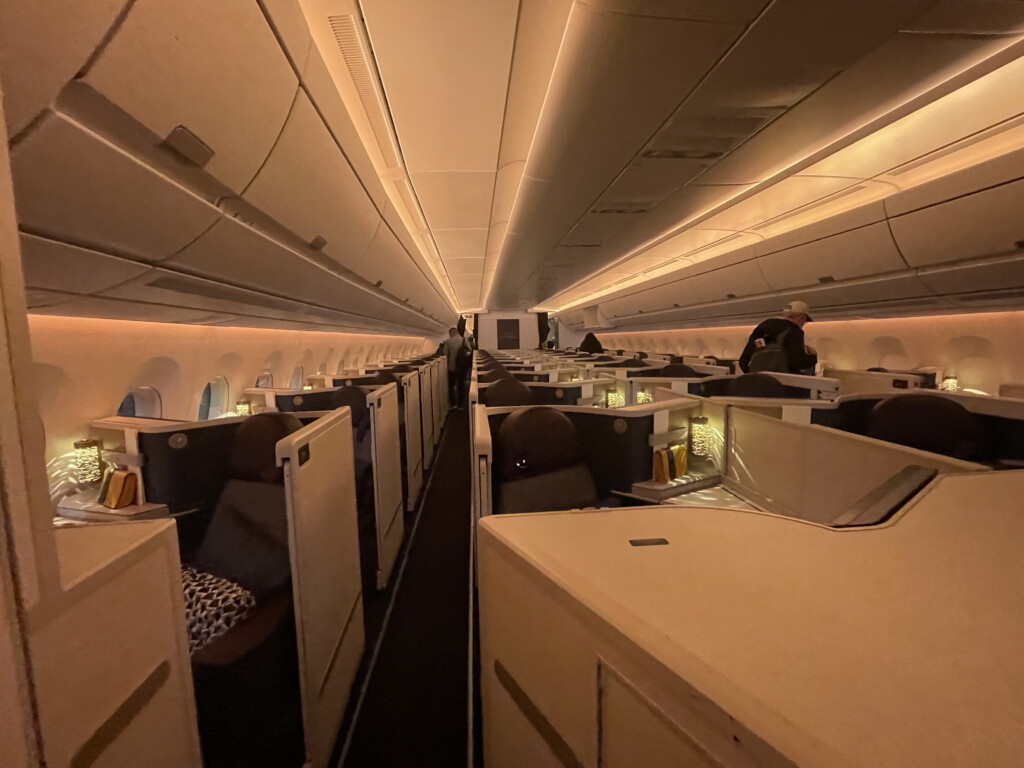
If you transferred your Membership Rewards points to Etihad Guest Miles, a Bangkok to London flight in Etihad business class would only be £26 (HK$269) in surcharges
Does it ever make sense to fly intra-European business class?
Circling back to intra-European business class, of course generally I wouldn’t recommend spending your money or points on intra-European business class. There are a couple of exceptions, though.
Firstly, do compare business class pricing with the price you’d otherwise pay with your luggage. It may well be that you’re not actually paying much more for business class if it allows you to bring two checked bags and a free carry-on.
Secondly, if there’s an airline you’ve always wanted to fly, it might be worth redeeming points for intra-European business class, just to get the most out of the experience. For example, I’ve never flown Austrian Airlines, though I know they do great catering in business class. If there’s a mileage redemption opportunity on them, I’d probably try them out, especially near dinnertime.
Lastly, have a look at the ground experience that the airline offers. For example, if I’m flying out of Heathrow’s Terminal 3, I’ll always have a look at how much more British Airways’ Club Europe costs, given that I know I have access to Qantas and Cathay Pacific’s lounges. This is a moot point if you have frequent flyer status and can access lounges anyway.

Sometimes I’d pay 5,000 more Avios for intra-European business class, and just camp out for the entire day at Heathrow’s Terminal 3 lounges
Conclusion
Intra-European business class sucks, though I don’t think it’s necessarily because of airline complacency as much as it is a general lack of interest in premium cabin travel amongst European leisure travellers. Low-cost airlines and low credit card transfer fee caps have caused the miles and points industry to be weak within Europe, and consumers usually see miles and points as a means for free flights, as opposed to a currency for aspirational air travel.
Of course I’d love to change this and play a part in helping elevate the travel scene in Europe, as it’s my goal here at The Alviator to make air travel easier and more exciting for the passenger. However, that’s challenging – both from a consumer side, where the barrier to entry for flying in premium cabins is much higher than in the U.S. and Asia, as well as from an airline side, where there’s not much incentive to offer a better product. If you’re someone who wants to get into premium cabin flying but lives in Europe, I’d recommend making the most of cheap origin fares, as well as exploring options to fly premium cabins with your points outside of the continent.
What’s your take on the European air travel market?





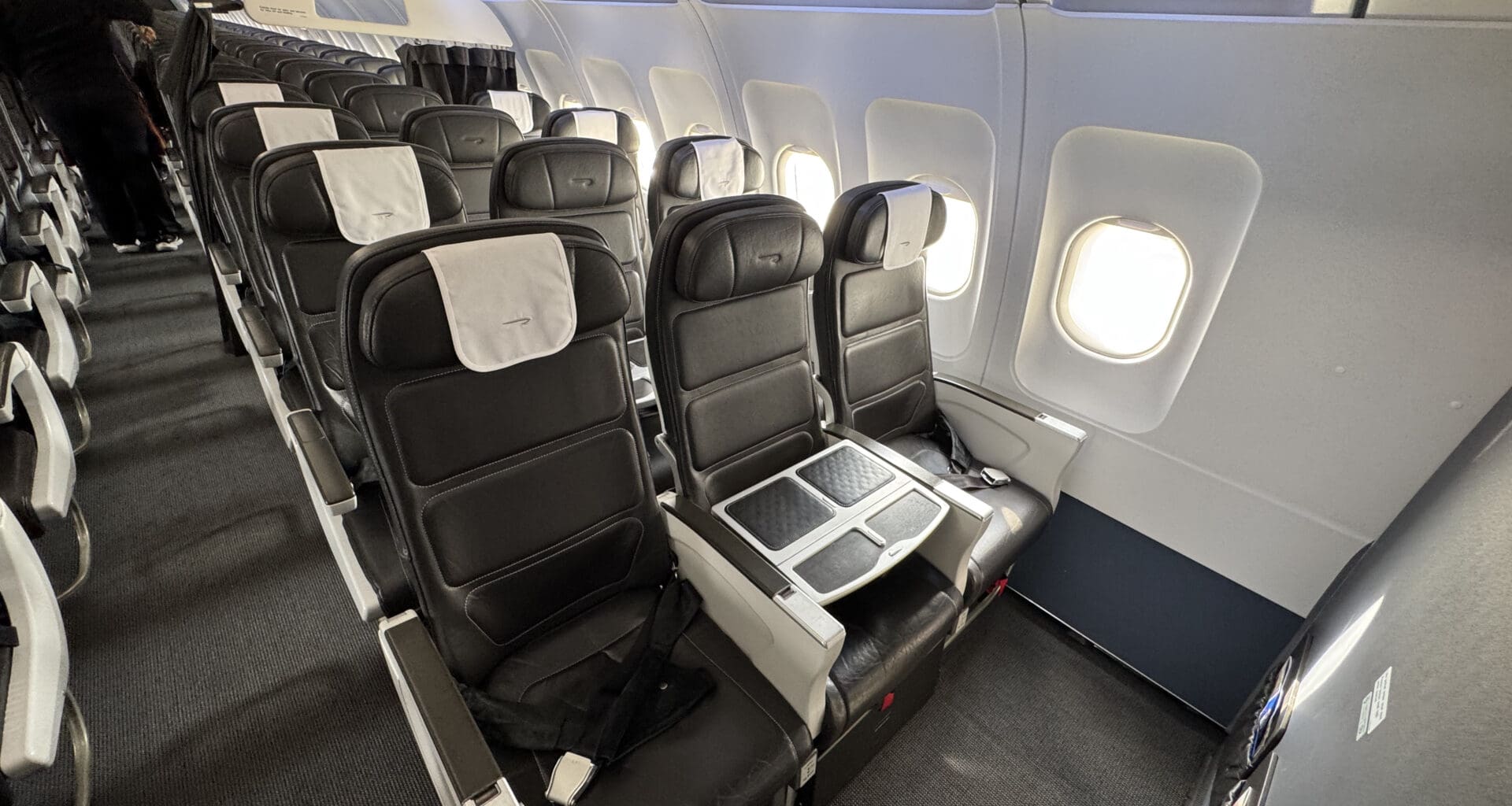


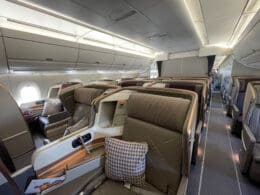

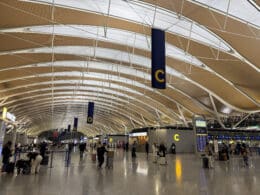
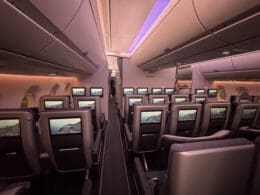
Great article, Alvin.
Being based in the US, I tend to agree that the intra-europe biz class onboard experience holds little appeal.
But, as you point out, a big point of differentiation is the ground experience/lounge access. If you’re flying in biz/first from the US to about anywhere within range of a 737NG, you are NOT getting lounge access based on your class of service.
I tend to forget this angle of consideration so it’s good that you pointed this out.
Personally I find intra-European biz class a waste of money, but I disagree that there’s no interest in it. If you take BA, their biz cabins are often huge and there are no free upgrades, so clearly they are selling a large number of tickets.
When comparing to the US market, where economy class can be truly grim but where flights can be much longer, it makes sense to do it in the European flexible way. Lounge access, pretty good food, priority security etc. all have their value. In the US you get a bigger seat (important given the larger physical size of the population) but no priority security, no lounge and often no food. When there is food it is uniformly disgusting. I don’t regard “First” Class in the US as an aspirational product any more than Biz Class in Europe.
Copa Airlines provides passengers with a smooth and enjoyable travel experience, operating out of Terminal A of Orlando International Airport (MCO). This contemporary airport offers a range of food and shopping options, quick check-in desks, and seamless security processes. Copa Airlines at MCO Terminal A guarantees convenience and top-notch service whether you’re flying to Panama City or connecting to another location in Latin America. Lounges, cozy waiting areas, and first-rate customer service are all easily accessible to travelers. Copa Airlines MCO Terminal‘s prime location and first-rate amenities make every trip enjoyable and stress-free.